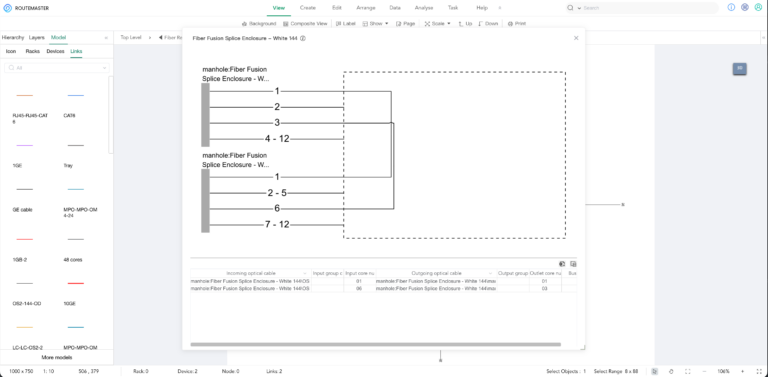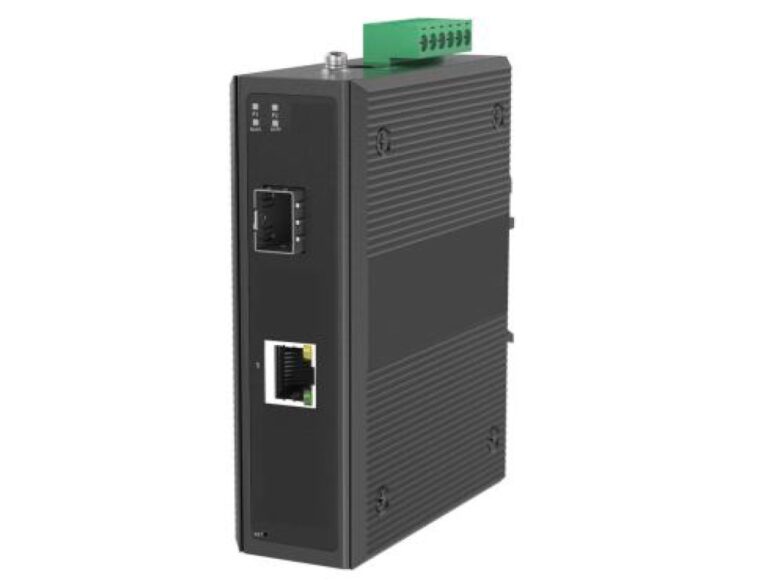

Transportation networks can derive several advantages from Network Infrastructure Management software:
The software can help track and manage various transportation assets such as vehicles, roads, bridges, and signage, ensuring optimal utilization and maintenance schedules.
It enables real-time monitoring of network components, allowing transportation authorities to identify and address issues promptly, such as traffic congestion, accidents, or infrastructure damage.
By analyzing data collected from network infrastructure, the software can predict potential failures or maintenance needs, allowing proactive measures to be taken to prevent disruptions and ensure safety.
It assists in optimizing resource allocation, such as route planning for vehicles, scheduling maintenance activities, and managing inventory of spare parts and materials.
With enhanced monitoring capabilities, transportation networks can improve safety measures, detect security breaches, and respond to emergencies more effectively.
Network Infrastructure Management software provides valuable data analytics tools to analyze traffic patterns, identify trends, and inform long-term planning decisions for network expansion or optimization.
In conclusion, integrating Network Infrastructure Management software can enhance efficiency, safety, and reliability within transportation networks.
Learn more:

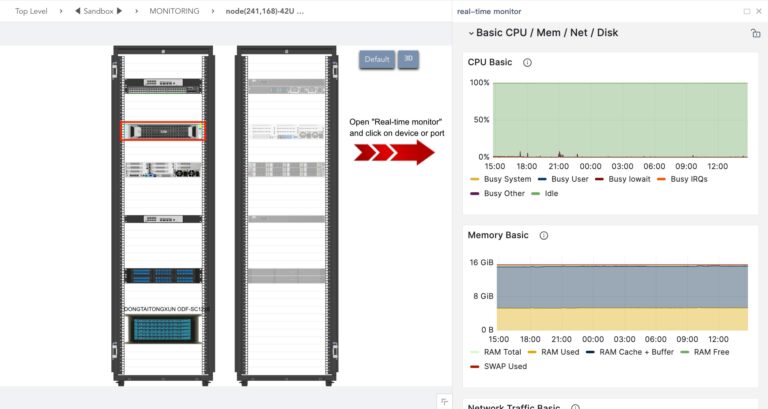
নেটওয়ার্ক পরিকাঠামো পর্যবেক্ষণ এবং পরিচালনার জন্য একটি ব্যাপক সমাধান

10,000+ নেটওয়ার্ক ডিভাইস পরিচালনার জন্য কীভাবে সমর্থন সরঞ্জামগুলি চয়ন করবেন৷
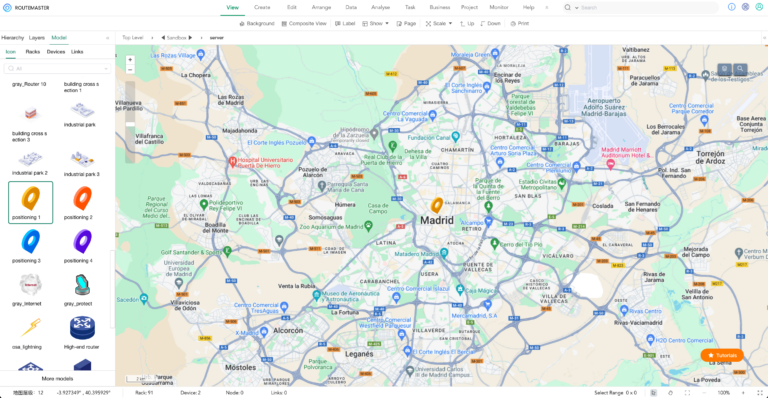
ব্যবহারকারী-বান্ধব GIS রিসোর্স ম্যানেজমেন্ট সফ্টওয়্যার ব্যবহার করুন
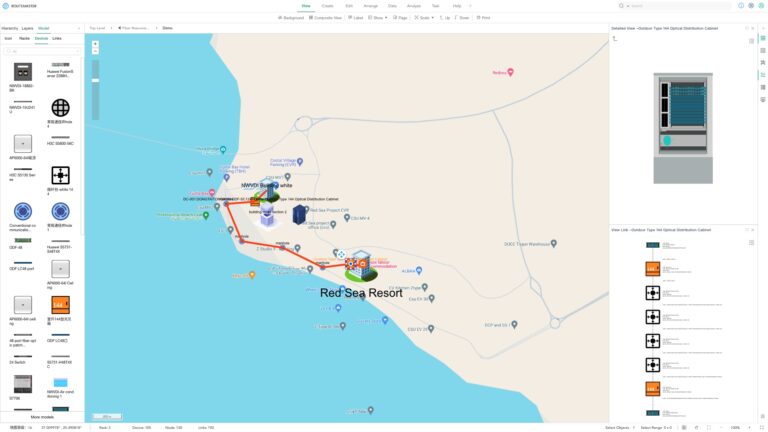
Routemaster.io: নেটওয়ার্ক প্ল্যানিং এবং ডিজাইন সফটওয়্যার
